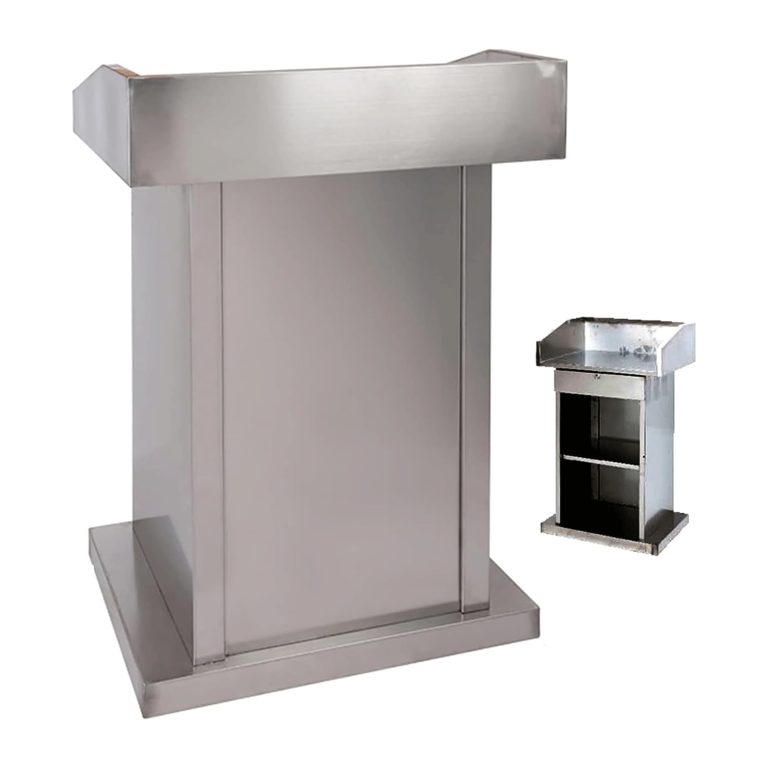Things You Need to Do Before a Presentation: Essential Tips
Before a presentation, prepare your content thoroughly and practice your delivery. Ensure your visual aids are clear and engaging.
Giving a presentation can be daunting, but proper preparation can ease your nerves and enhance your performance. Start by understanding your audience and tailoring your content to their interests and knowledge level. Organize your material logically, ensuring a smooth flow of information.
Practice your delivery multiple times to gain confidence and identify any areas that need improvement. Use visual aids like slides or charts to support your points, but avoid cluttering them with too much information. Arrive early to set up and test all equipment to avoid technical glitches. By following these steps, you can deliver a compelling and effective presentation.
Know Your Audience
Understanding your audience is crucial for a successful presentation. Tailoring your message ensures engagement and relevance. Here are some steps to help you know your audience better.
Research Demographics
Start by researching the demographics of your audience. This includes age, gender, education level, and professional background. Knowing these details helps you tailor your content effectively.
| Demographic | Details |
|---|---|
| Age | Are they young professionals or seasoned experts? |
| Gender | Is the audience mixed-gender or predominantly one? |
| Education Level | Do they have advanced degrees or general knowledge? |
| Professional Background | What industries do they work in? |
Understand Their Needs
Identify the specific needs of your audience. Knowing their challenges and interests helps you make your presentation relevant.
- Challenges: What problems are they facing?
- Goals: What do they hope to achieve?
- Interests: What topics are they passionate about?
Addressing these points will keep your audience engaged and invested in your message.
Structure Your Content
Before any presentation, structuring your content is crucial. A well-organized presentation ensures your audience follows your message. It also helps you stay on track and deliver your points effectively. Below, you will find key steps to structure your content.
Create An Outline
Begin by creating an outline. This helps you organize your thoughts and ensures that your presentation flows logically. Use bullet points to highlight key ideas. This makes it easier to follow.
- Introduction
- Main Points
- Supporting Details
- Conclusion
Ensure each section of your outline has a clear purpose. The introduction should capture attention. Main points should provide valuable information. Supporting details should back up your main points. The conclusion should summarize and leave a lasting impression.
Use Visual Aids
Visual aids can enhance your presentation. They make complex information easier to understand. They also keep your audience engaged.
Consider using the following visual aids:
- Slides: Use slides to display key points and images.
- Charts: Charts can help explain data clearly.
- Videos: Short videos can illustrate your points effectively.
Ensure your visual aids are relevant and not too cluttered. They should complement your spoken content, not distract from it.
| Visual Aid | Purpose |
|---|---|
| Slides | Highlight key points and images |
| Charts | Explain data clearly |
| Videos | Illustrate points effectively |
Using visual aids appropriately can make your presentation more engaging and easier to understand.
Practice Your Delivery
Feeling nervous before a presentation is common. Managing your nerves is crucial for a successful delivery. Here are some effective techniques to help you stay calm and confident.
Breathing Exercises
Deep breathing can reduce anxiety. It helps you stay focused and calm.
- Inhale deeply through your nose for four seconds.
- Hold your breath for seven seconds.
- Exhale slowly through your mouth for eight seconds.
Repeat this exercise a few times. You’ll feel more relaxed.
Positive Visualization
Visualizing success can boost your confidence. It prepares your mind for the presentation.
- Find a quiet place to sit comfortably.
- Close your eyes and breathe deeply.
- Imagine yourself giving a successful presentation.
- Visualize the audience reacting positively.
- Picture yourself speaking clearly and confidently.
Practicing these steps can make a big difference. Your mind will be set for success.
Frequently Asked Questions
What Should You Do Before A Presentation?
Before a presentation, research your topic thoroughly. Practice your speech multiple times. Prepare visual aids. Arrive early to set up. Stay calm and confident.
What Are The 5 Main Things To Be Considered Before Giving A Presentation?
1. Know your audience to tailor your content effectively. 2. Structure your presentation with a clear beginning, middle, and end. 3. Practice extensively to ensure smooth delivery. 4. Use visual aids to enhance understanding and retention. 5. Prepare for potential questions to handle the Q&A confidently.
What Are The 5 Steps In Preparing A Presentation?
1. Define your presentation’s purpose and audience. 2. Gather and organize relevant content. 3. Design engaging and clear slides. 4. Practice delivering your presentation. 5. Prepare for questions and feedback.
Conclusion
Preparation is key to a successful presentation. Practice your speech, know your audience, and organize your materials. Arrive early to set up and test equipment. Stay calm and focused, ensuring you’re ready to engage and inform. These steps will help you deliver a confident and impactful presentation.


